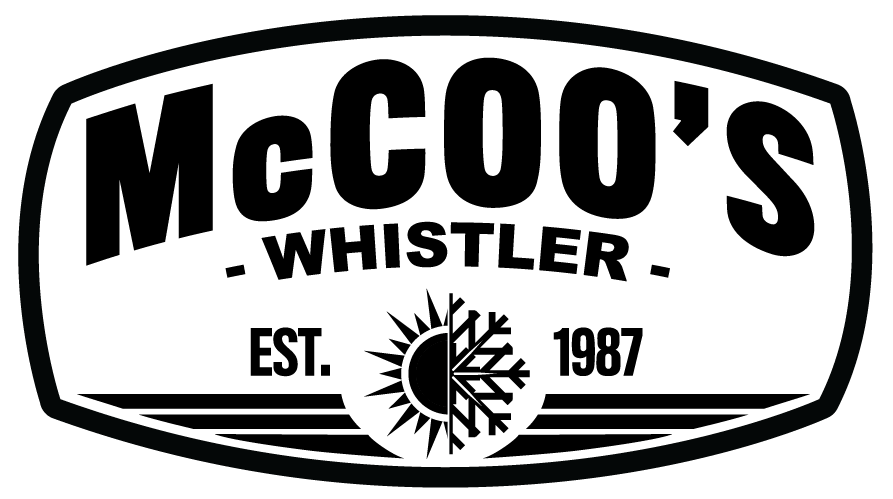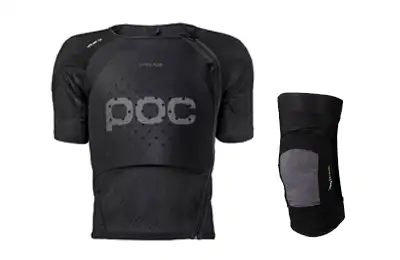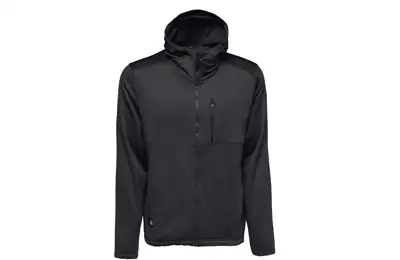It’s that time of the year when you start to think about your winter gear. What shape is it in and what’s missing are often the most common questions that begin to pop up. One of the more frequent new purchases is gloves. Keeping a set together is always a challenge and since your hands are required to do up boots and manipulate gear, gloves take their fair share of wear and tear. Hestra offers high-quality gloves in over 400 styles. While McCoo’s focuses primarily on the Hestra gloves required for sports, it’s no secret across all their lines why we continue to stay dedicated to their brand.
History
Hestra Gloves was started by two brothers, Claes and Svante Magnusson in Sweden in 1936. They begin developing gloves for everyone from mountaineers all the way to lumberjacks. Warmth, protection, and finger tip sensitivity were important in many of these fields and so the associated technology began to appear in the Hestra designs. The company is still run currently by third and fourth generation family members.
Technology
Glove making is considered a craft by Hestra. Having mastered the art of glove cutting, which is a skill possessed only by a few hundred in the world, Hestra starts with durable leather and then finishes the gloves by hand sewing them together. They continue to choose leather as it has both insulating and protecting properties, ideal for keeping hands warm as well as helping them maintain dexterity. Elk from either Sweden or Finland is a popular source of the leather used. Polyester is also introduced into the gloves for its wind proof nature.
Design
According to Hestra, the biggest source of their inspiration is nature. Simple and clean lines lend a classic look to many of their gloves. The timeless nature of their designs continue to keep them relevant year after year. Well placed inseams and additional features are found on all their gloves, making them well equip for whatever task they are meant to tackle.
Gloves are an essential part of your winter gear. Cold hands can turn the best day into the worst very quickly. For keeping out the conditions, maintaining use of your hands, and reliability, Hestra is a brand we at McCoo’s have grown to trust and be proud to offer. If you have any questions about what style of glove is best for your sport, come stop by the store where our knowledgable staff will help you choose the gloves right for you.











